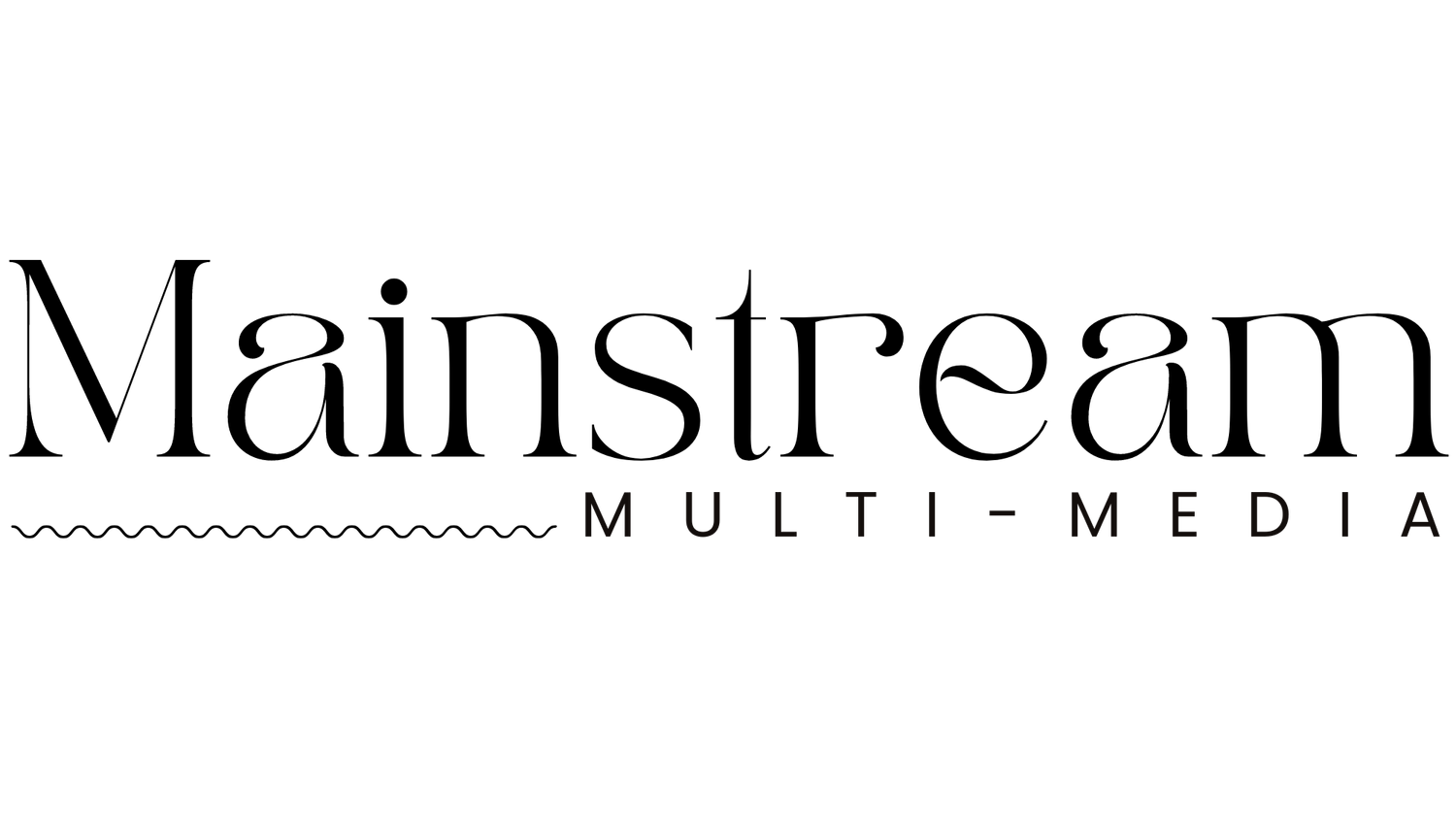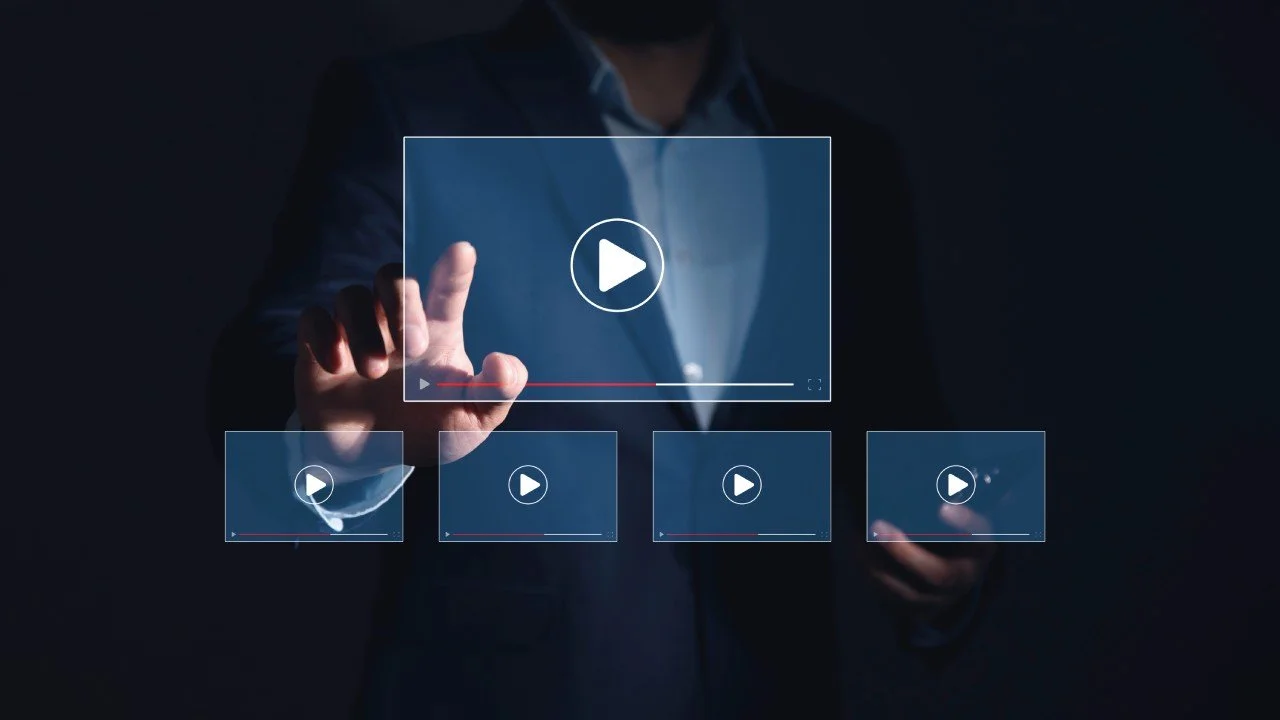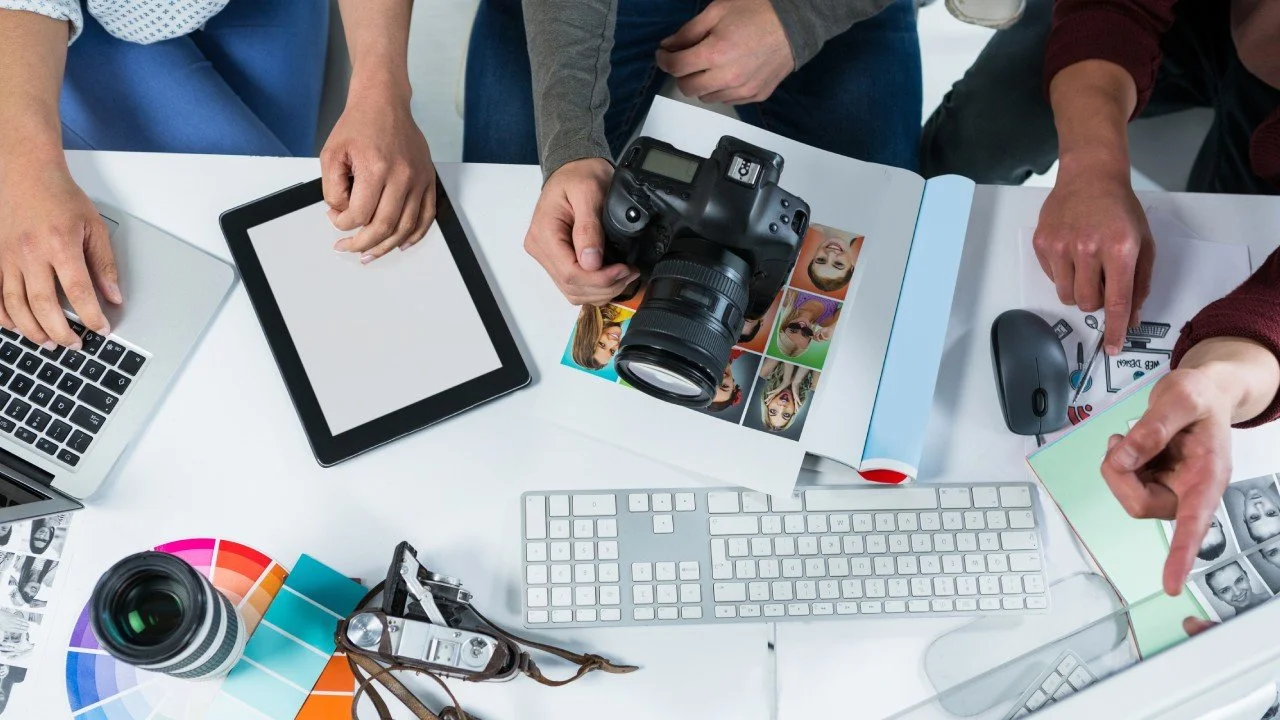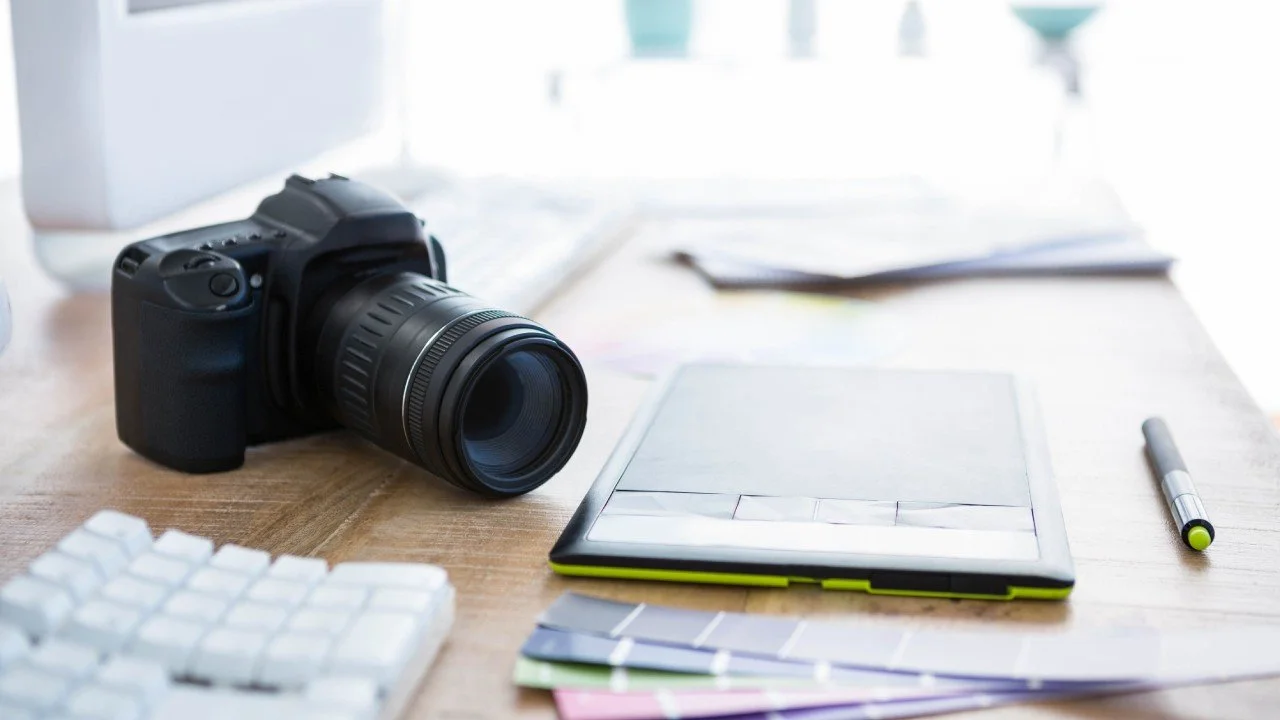What You’re Really Paying For: A Breakdown of Product Photography Pricing
As a business owner, you might be wondering if premium product photography is worth the cost. With prices varying, it can be hard to see what goes into the final product and why it’s priced the way it is. As someone who has been deeply involved in every step of the process, I can tell you that it’s not just about taking a picture.
I put in a lot of hard work, skills, and planning to bring each photoshoot to life. From conceptualizing the perfect shot to setting up the right lighting and ensuring every detail is captured, every decision plays a role in making sure the final images reflect the quality of your product and brand. Behind the scenes, there’s a lot more going on than you might expect, and the time and expertise involved contribute directly to the cost.
In this article, I’ll break down the factors that go into product photography pricing, so you can better understand what you’re really paying for when you choose premium photography for your brand.
How Product Photographers Charge
There are several pricing models that photographers commonly use when it comes to product photography. Understanding these can help you decide what works best for your business needs.
Pricing Models Explained
Per Photo:
In this model, you pay a set price for each image taken. This is great for businesses that only need a few shots or specific images for their products. The cost per photo can vary based on factors like the complexity of the shoot and the photographer’s experience.
Per Hour:
This model charges you based on how long the photographer spends on the shoot. If your product requires a variety of angles, lighting setups, or extra styling, this option could be more suitable. However, hourly pricing can sometimes be unpredictable if the shoot takes longer than expected.
Package-Based:
Many photographers offer all-inclusive packages, which might include a set number of photos, time, and additional services such as editing or props. Package deals often provide a better value if you need a larger volume of images and want to keep costs predictable.
Factors That Influence the Cost
Several elements play a role in determining the cost of product photography, including:
1. Experience of the Photographer:
A photographer with years of experience and a strong portfolio will generally charge more than someone who is just starting out. However, their expertise can result in higher-quality photos that are more likely to drive sales.
2. Complexity of the Shoot:
The more complex your shoot, the higher the cost. For example, a simple product shot on a white background may be more affordable than a lifestyle shoot with models, props, and custom backdrops. Each additional element adds time, effort, and resources to the project.
3. Location:
If the shoot requires special locations or travel, that will also factor into the price. On-location shoots or destination photography can incur additional costs, such as travel expenses or location fees.
4. Post-Production Work:
Editing and retouching photos is a significant part of the process. The amount of post-production work required such as color correction, removing backgrounds, or enhancing product details can add to the overall cost.
Breakdown of Our Equipment Investment
Professional product photography requires a significant investment in high-quality equipment and studio space. These costs contribute directly to the pricing of photography services. Here’s the breakdown of equipment required for professional product photography:
Cameras:
High-end cameras are a must for capturing detailed and sharp images. Professional photographers typically use DSLR or mirrorless cameras with high megapixel counts to ensure images are crisp and clear. These cameras can range from $1,000 to $10,000 or more, depending on the brand and features.
Lenses:
The right lens is essential for different types of shots. Macro lenses, for instance, are used for close-up shots of product details, while wide-angle lenses are great for lifestyle or environment-based shots. Lenses can range in price from $500 to $2,500 or more.
Lighting Equipment:
Lighting is one of the most crucial aspects of product photography. Softboxes, strobes, and continuous lights help create the right mood and ensure your products are well-lit without harsh shadows or overexposure. A good lighting setup can cost anywhere from $500 to $5,000 depending on the type and quality.
Backdrops and Props:
To make products stand out, professional photographers use a variety of backdrops (seamless paper, fabric, or custom-made backgrounds) and props (such as textures, materials, or models). High-quality backdrops can cost anywhere from $50 to $500 each, while props can add to the cost depending on the complexity of the setup.
Editing Software:
Post-production is a critical part of product photography. Photographers use professional editing software like Adobe Photoshop or Lightroom, which often require monthly subscriptions or one-time purchases, adding to the overall cost of the service.
Cost of Maintaining a Professional Studio
A professional photography studio is designed to provide the right environment for high-quality shoots. Maintaining a studio comes with its own set of costs, including:
Space Rental:
Renting studio space in a prime location can be expensive, especially in larger cities. Depending on the size and location, studio rental can range from $50 to $500 per hour. Some photographers have their own in-house studios, but for others, renting is necessary, especially for larger, more complex shoots.
Utilities and Overhead:
Running a studio involves ongoing expenses like electricity for lighting, heating/cooling, and internet access. These costs add up over time and are factored into the pricing. Additionally, the cost of insurance, equipment maintenance, and general upkeep is necessary to keep the studio functioning smoothly.
Why Business Owners Avoid Investing in Photography Equipment
For many business owners, investing in professional photography equipment may seem like a good way to save money. However, it often isn't the best choice. Here’s why:
Lack of Expertise: Without experience, you may struggle to use the equipment effectively. Photography isn’t just about having the right gear, it’s about knowing how to use it to create professional-quality images.
High Upfront Costs: Professional cameras, lighting, and lenses can cost thousands of dollars. For many businesses, this is a significant expense that might be better spent elsewhere, such as on marketing or inventory.
Ongoing Maintenance: Equipment requires regular upkeep, software updates, and occasional repairs, all of which add to the overall cost.
Infrequent Use: If your business doesn’t require constant photography, the equipment may sit unused for long periods, making it a poor investment.
Salaries of In-House Photographers: Hiring a full-time product photographer comes with additional costs. As of August 2025, the average salary for a product photographer in the United States is approximately $72K - $133K/yr.
Outsourcing to professionals or renting equipment as needed is definitely a more cost-effective solution.
Endnote
Investing in professional product photography is a strategic decision that can significantly enhance your brand's presence and drive sales. As demonstrated in our recent skincare campaign, intentional lifestyle photography featuring authentic models, natural lighting, and minimalist styling resulted in a sold-out product launch.
High-quality images create trust, capture attention, and present your products in the best light possible, something DIY or low-quality photos can’t achieve. A skilled photographer brings expertise in lighting, composition, and styling to ensure your products stand out in a competitive market..
While the cost may seem high initially, the return on investment through increased conversions and enhanced brand perception makes it a valuable asset for your business’s success.









Boost your holiday sales with photography that creates a buying environment. Learn how to capture the gift mindset and turn your visuals into conversions.